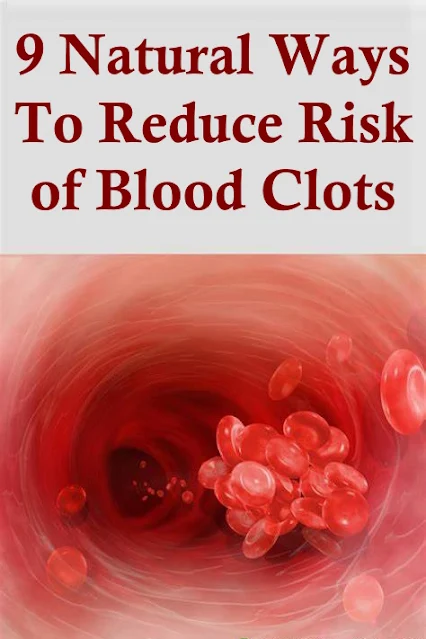A blood clot is a gelatinous mass of coagulated blood used to repair damaged blood vessels such as the arteries, capillaries and veins. Blood clots typically form at the surface of the blood vessel thereby preventing excessive loss of blood. However, there are some instances where a clot forms inside the blood vessel.
Deep vein thrombosis (DVT) is a blood clot that occurs in the veins and lodges in the pulmonary artery that is the main blood vessel to the lungs. If the clot is large enough, it can impair blood flow to major body organs such resulting in death. Blood clots mainly present in the form redness, pain, swelling and heaviness in the affected area. Typically, they will form in the veins found in the arm, at the back of the leg and the pelvis.
Am I at a risk?
There are several risk factors and illnesses that can result in the formation of blood clots inside the blood vessels. Among they include:
- Pregnancy
- Prolonged immobility
- Certain heart conditions such as congestive cardiac failure.
- Surgery
- Inherited blood clotting disorders
- Smoking cigarettes
- Being obese
- Hormonal therapy
The relationship between cancer and formation Blood Clots
Several types of cancer increase production of platelets and other clotting factors in the blood of cancer patients. The increased clotting factors and blood platelets double the risk of blood clotting. Cancer patients also undergo chemotherapy meant to treat or reduce the severity of the disease. When the cancer cells are killed, they release substances that may cause coagulation of blood inside the vessels. Some chemotherapy drugs are also likely to cause blood clotting than others.
In most instances, chemotherapy treatments make cancer patients less active due to the demanding procedures and strict medications involved. With the reduced mobility, they are at a higher risk of developing blood clots than healthy individuals.
What are the natural ways of reducing the risk of blood clots?
Increase physical activity and maintain a healthy weight.
One of the risk factors in blood clot formation is obesity. Exercising daily for at least 30 minutes can go a long way in reducing the risk blood clotting.
Quit smoking
– smoking cause damage to the inner lining of blood vessels. During the repair of the damaged blood vessels, the clot forms hampering blood flow. Chain smokers also have a difficulty in exercising which makes them inactive.
Keep stress at bay
– stress causes havoc to your life. Apart from making you age faster, it also compromises your immune system. Stress hormone also triggers production of free radicals that increase the risk of cancer.
Increase consumption of foods rich in omega three fatty acids and vitamin E
– these two food sources contain components that have blood thinning properties that help to reduce the risk of blood clotting.
Limit alcohol consumption
– excessive alcohol consumption increases the risk of blood clotting. Limiting alcohol intake to one serving per day reduces the risk of occurrence.
Increase the consumption of cancer-fighting diet
– consumption of vegetables, fruits, nuts, herbs, mushrooms, spices and legumes reduces the risk of blood clotting. These foods contain vital phytonutrients that are essential in cancer fighting.
Increase consumption of vitamin K
– individuals under blood thinning medications should increase consumption of vitamin K as it interacts with them. Consumption of kales, broccoli, lettuce, turnip greens, mustard greens, soybeans and canola increases levels of vitamin K in the body.
Increase water intake
– water is an essential component of the blood. Consumption of enough amounts of water keeps your body hydrated hence resulting to smooth flow of blood. This washes away any clots and plaques that may have formed.
Garlic and turmeric spices are endowed with anti-inflammatory substances
. Inflammation is a major cause of arteriosclerosis.
The risk of formation of blood clotting can be reduced by adopting a healthy lifestyle change. This will involve intake of a healthy diet, exercising regularly and seeing a doctor when any of the symptoms manifests.
